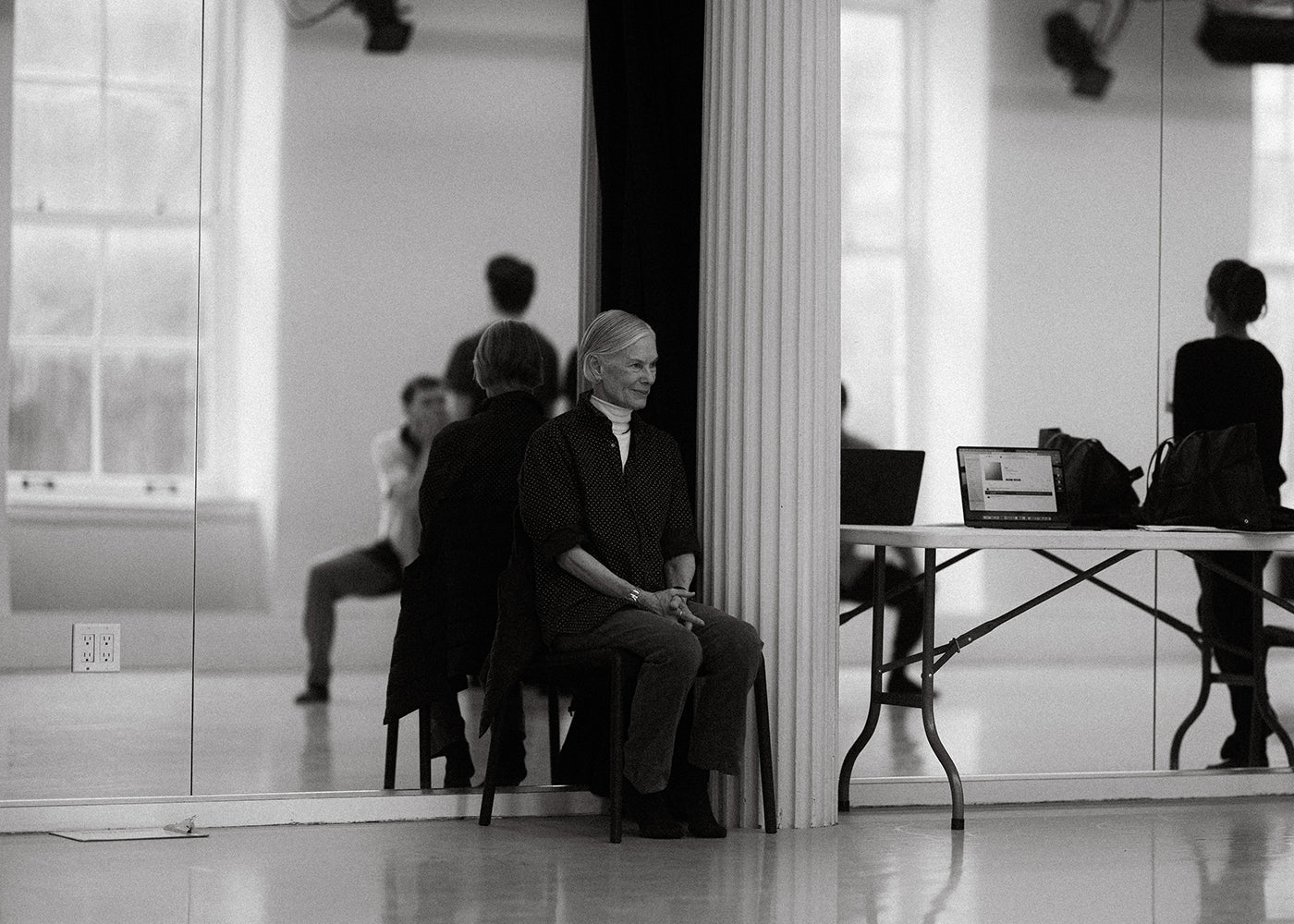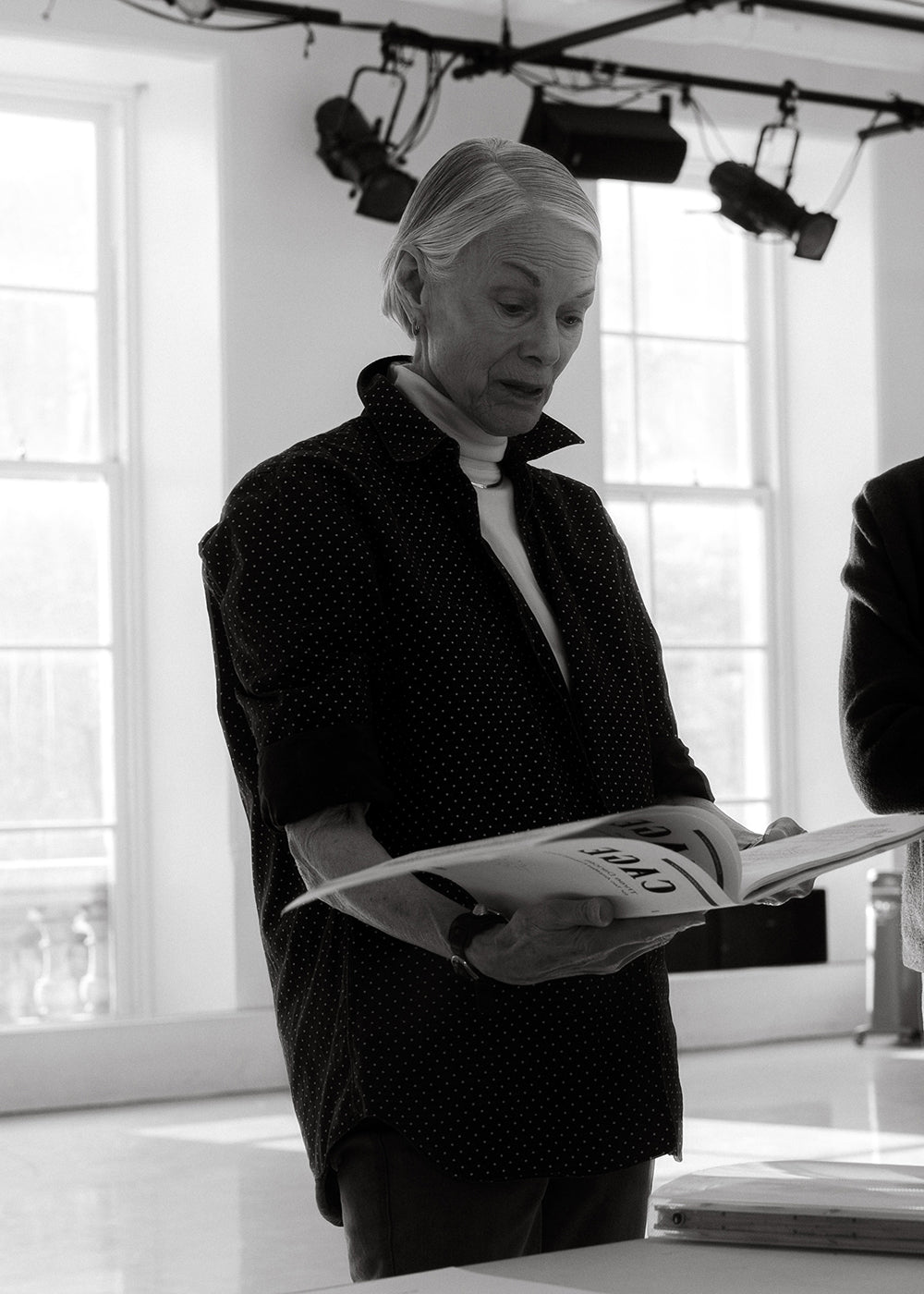Mishima’s Muse
Japan Society’s Yukio Mishima centennial series culminated with “Mishima’s Muse – Noh Theater,” which was actually three programs of traditional noh works that Japanese author Yukio Mishima adapted into modern plays.
Plus
World-class review of ballet and dance.
Listening to John Cage’s “Three Dances (for prepared piano)” is a wonderfully contradictory experience. The composer disrupts our auditory expectations by placing an assortment of small objects such as erasers, screws, and bolts, among the piano strings. A musician plays the piano in the typical manner, but instead of a harmonic tone, we hear more percussive sounds of kettle drums, timpani, xylophone, tin cans, even bells. One can imagine how an artist like Lucinda Childs, who was part of the Judson Dance Theater radicals in the ‘60s, might be attracted to such a composition. The choreographer is perhaps best known for her distinctive work in Robert Wilson and Philip Glass’s opera “Einstein on the Beach,” and for “Dance,” based on the geometric grid patterns of artist Sol Le Witt. For her newest work, set to Cage’s prepared piano composition, Childs has chosen to showcase the Gibney Dance Company in New York. The piece will premiere as part of Gibney’s season at the Joyce, May 6–11.



“Uncommonly intelligent, substantial coverage.”
Your weekly source for world-class dance reviews, interviews, articles, and more.
Already a paid subscriber? Login

Japan Society’s Yukio Mishima centennial series culminated with “Mishima’s Muse – Noh Theater,” which was actually three programs of traditional noh works that Japanese author Yukio Mishima adapted into modern plays.
PlusThroughout the year, our critics attend hundreds of dance performances, whether onsite, outdoors, or on the proscenium stage, around the world.
PlusOn December 11th, the Alvin Ailey American Dance Theater presented two premieres and two dances that had premiered just a week prior.
PlusThe “Contrastes” evening is one of the Paris Opéra Ballet’s increasingly frequent ventures into non-classical choreographic territory.
Plus
comments